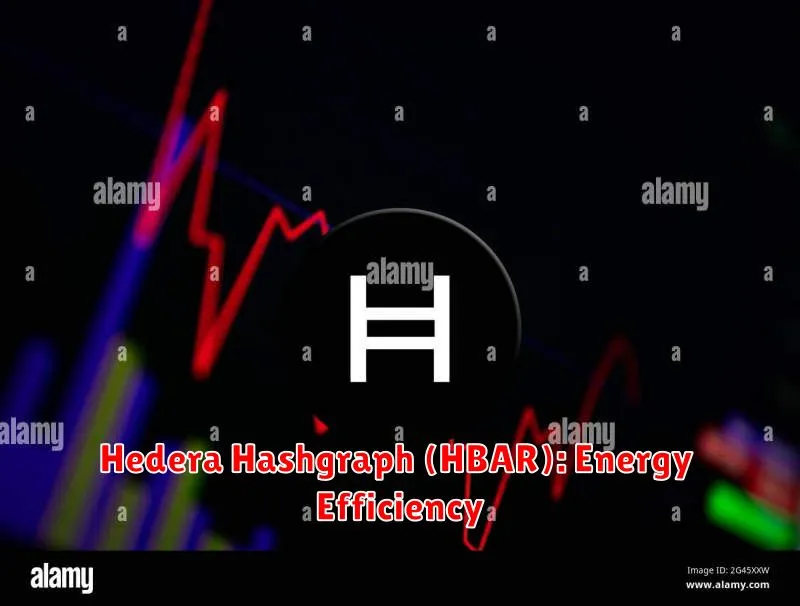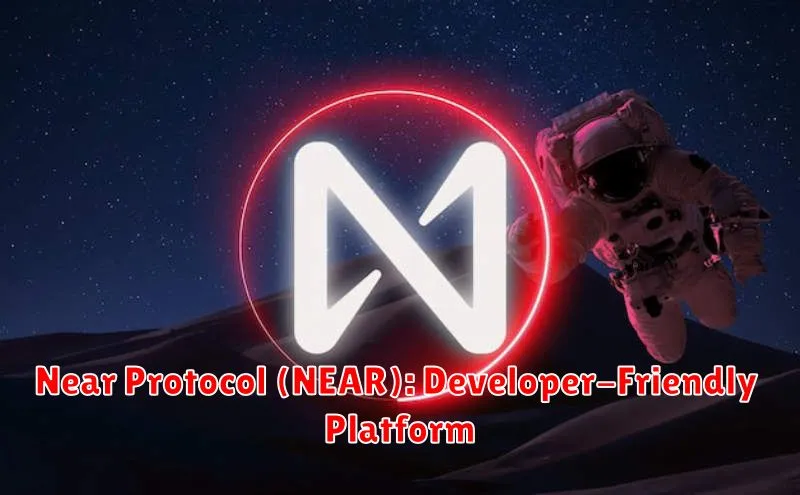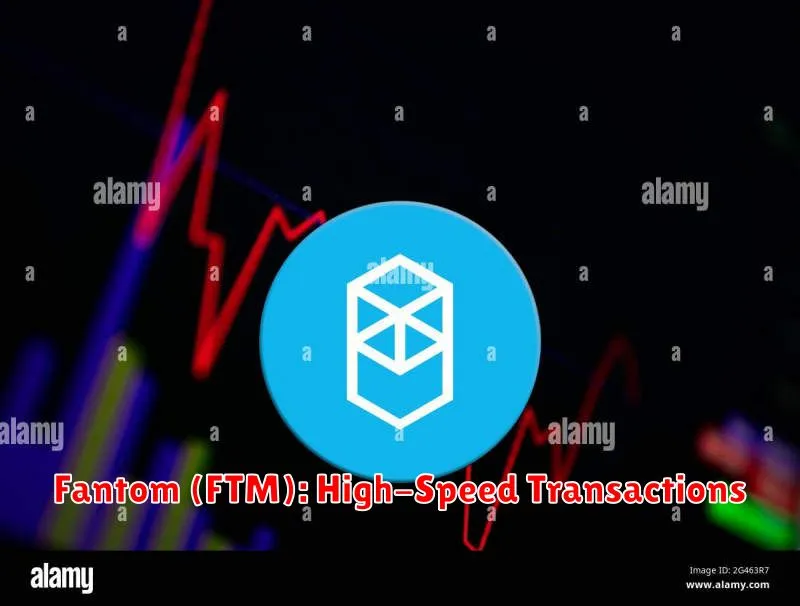Discover five underrated cryptocurrencies poised for significant growth potential in 2025. This article delves into promising altcoins often overlooked by mainstream investors, presenting a compelling case for diversification and potentially high returns. We analyze their unique technologies, market positions, and future projections, providing valuable insights for navigating the dynamic landscape of cryptocurrency investments and identifying opportunities for substantial gains.
Hedera Hashgraph (HBAR): Energy Efficiency

Hedera Hashgraph stands out among cryptocurrencies for its exceptional energy efficiency. Unlike Bitcoin and Ethereum, which rely on energy-intensive proof-of-work consensus mechanisms, Hedera uses a hashgraph consensus algorithm. This allows for significantly faster transaction speeds and considerably lower energy consumption, making it a more environmentally friendly option.
The hashgraph consensus achieves this efficiency through a unique approach to distributed ledger technology, requiring minimal computational power per transaction. This low energy consumption is a significant advantage, addressing concerns about the environmental impact of cryptocurrencies and potentially attracting investors focused on sustainability.
This energy efficiency translates to lower operational costs and a smaller carbon footprint, positioning Hedera Hashgraph as a promising and sustainable cryptocurrency with strong growth potential in the coming years.
Algorand (ALGO): Sustainable Blockchain

Algorand is a pure proof-of-stake (PPoS) blockchain, designed for scalability, security, and decentralization. Unlike many other cryptocurrencies, its consensus mechanism significantly reduces energy consumption, making it a more environmentally sustainable option.
The PPoS algorithm ensures fast transaction speeds and low fees while maintaining a high degree of security. This combination makes Algorand attractive for various applications, including decentralized finance (DeFi), supply chain management, and digital identity solutions.
ALGO, the native cryptocurrency of the Algorand network, powers these applications and provides staking rewards to participants. Its relatively low market capitalization compared to other established cryptocurrencies suggests a potential for significant growth in the coming years. Its focus on sustainability also positions it well in a market increasingly conscious of environmental impact.
Furthermore, Algorand’s developer-friendly ecosystem encourages innovation and the development of new decentralized applications (dApps). This active development community further strengthens its long-term prospects.
Near Protocol (NEAR): Developer-Friendly Platform

Near Protocol is a layer-1 blockchain designed with developer experience as a central focus. Its aim is to provide a fast, secure, and scalable platform for decentralized applications (dApps). This focus on ease of use distinguishes it from many competitors.
NEAR’s developer tools include a user-friendly SDK, comprehensive documentation, and a vibrant community supporting developers. This ecosystem fosters innovation and accelerates dApp development, contributing to a growing network effect.
The platform utilizes sharding for scalability, enabling high transaction throughput and low latency. This is crucial for handling the demands of growing dApp adoption and avoids the performance bottlenecks experienced by some other blockchains.
NEAR’s smart contract functionality, based on Rust, allows for the creation of complex and efficient applications. The combination of a simple developer experience with powerful capabilities makes it an attractive option for building robust and scalable dApps.
Furthermore, NEAR’s focus on user experience extends beyond developers, aiming to make interacting with dApps easier and more accessible for the average user. This user-friendly design fosters broader adoption and contributes to the long-term growth potential of the NEAR ecosystem.
Fantom (FTM): High-Speed Transactions

Fantom is a Layer-1 blockchain designed for high-speed transactions and low latency. Its aBFT consensus mechanism and directed acyclic graph (DAG) architecture allow for significantly faster transaction processing compared to many other blockchains.
This speed advantage is crucial for various applications, including decentralized finance (DeFi) and gaming, where swift transaction execution is paramount. The network’s ability to handle a large volume of transactions concurrently makes it a compelling option for scalability-focused projects.
Fantom’s low transaction fees further enhance its attractiveness. Combined with its speed, this makes it a cost-effective solution for users and developers alike. These factors contribute to its potential for significant growth in 2025 and beyond.
Zilliqa (ZIL): Scalable and Secure

Zilliqa (ZIL) is a high-throughput blockchain platform designed to address the scalability challenges faced by many cryptocurrencies. It achieves this through a sharding mechanism, which divides the network into smaller, more manageable groups, allowing for faster transaction processing and higher transaction throughput than many other blockchains. This makes it suitable for handling a large number of transactions simultaneously.
Beyond scalability, Zilliqa prioritizes security. Its innovative sharding approach incorporates secure cryptographic protocols to ensure the integrity and immutability of the blockchain. The platform also employs a proof-of-work consensus mechanism, contributing to its robust security posture. These features make Zilliqa a compelling option for developers seeking a secure and scalable infrastructure for decentralized applications (dApps).
Potential growth for Zilliqa in 2025 hinges on the continued adoption of its platform by developers and the expansion of its ecosystem. Successful integration with other projects and the development of innovative dApps on the Zilliqa network are key factors influencing its future potential.
